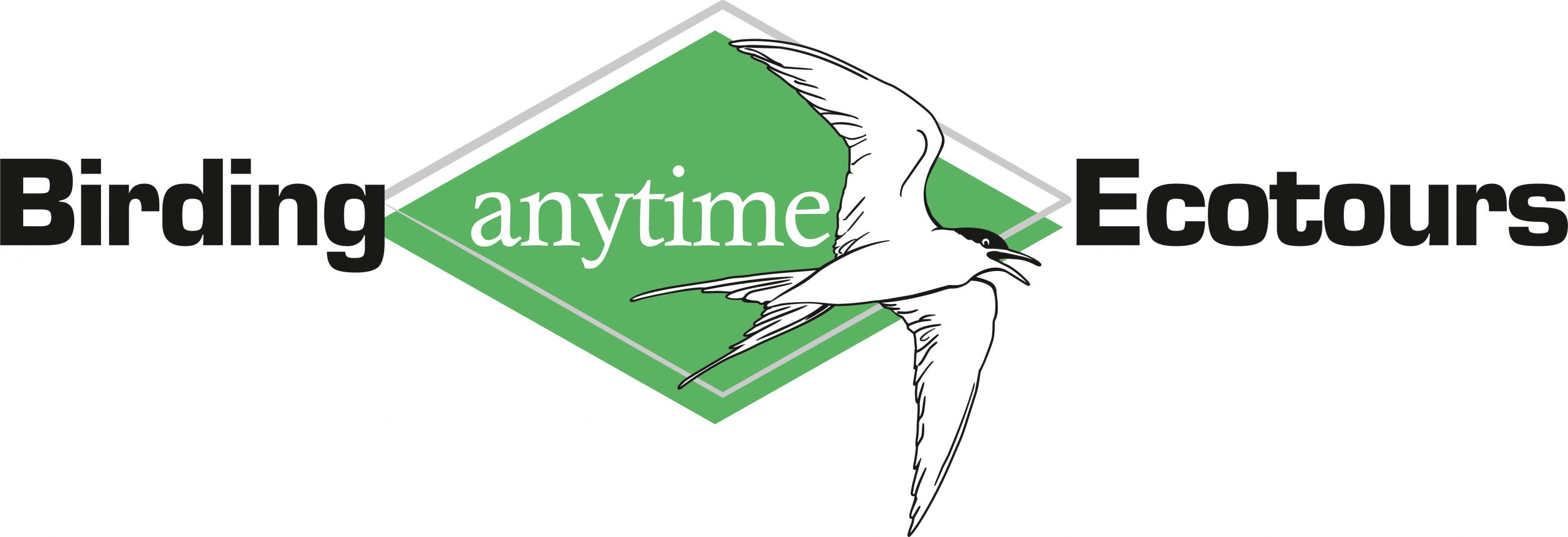There is no doubt about it – with nearly 600 bird species including over 500 regularly occurring species, Botswana offers some brilliant birding opportunities. The country is essentially a semi-desert, covered largely by dry tree, shrub and grass savanna (a fine example being the Central Kalahari Game Reserve). Only in the wetter north (Okavango Delta and, within it, the Moremi Game Reserve) and northeast sectors (Chobe National Park and the Kasane Forest Reserve) do tropical woodlands occur. In the extreme southwest the dunes of windblown sand form a transition between the Kalahari and Namib-Karoo zones (Kgalagadi Transfrontier Park).
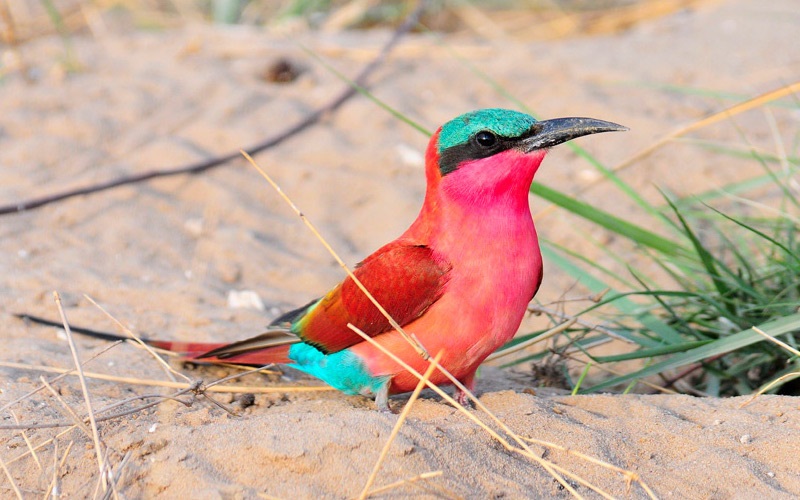
There are no endemic bird species in Botswana, and the country’s only near-endemic is the Short-clawed Lark with the major global stronghold in the grasslands of the south-east (Gaborone – Ramatlabama area). However, populations of globally threatened Wattled Crane and Slaty Egret in the north are of international importance. When flooded, Sowa Pan, to the east of the Makgadikgadi Pans, attracts globally significant numbers of Lesser and Greater Flamingos. Breeding occurs sporadically, every five or six years, depending on the water levels, such as after the rainy season of 1999-2000, when more than 200,000 flamingos concentrated to breed in the shallow saline lake formed in the pan.
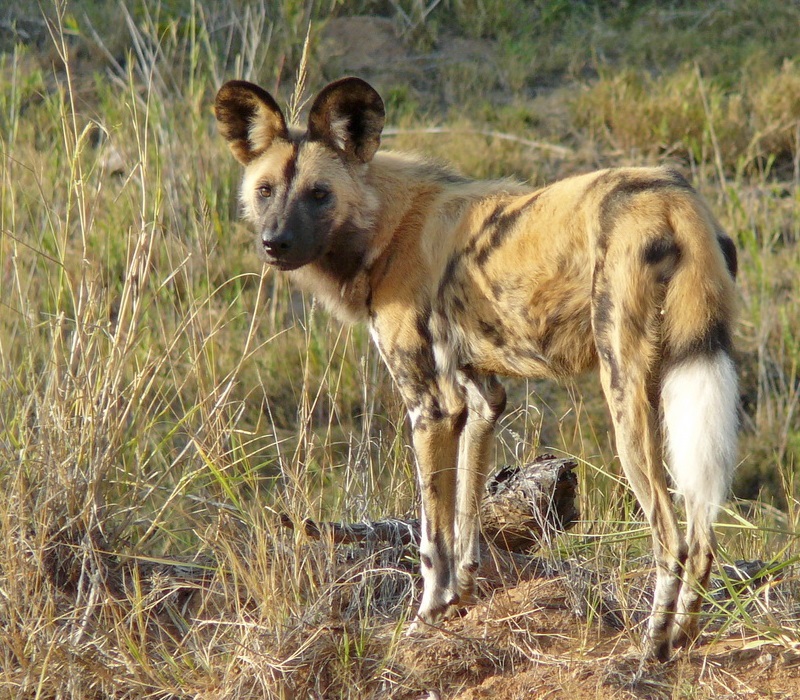
Kalahari
Almost 80% of the country falls within the Kalahari sandveld ecosystem – low shrubs and bushes interspersed with patches of woodland, inhabited by species such as Arrow-marked Babbler, Bradfield’s Hornbill, Barred Owl, Bateleur, Ant-eating Chat, Three-streaked and Black-crowned Tchagras, Plum-coloured and Cape Glossy Starlings. The more arid central and south-west areas (including the Kgalagadi Transfrontier Park) support Ostrich, Gabar and Pale Chanting Goshawks, Black-breasted Snake Eagle, Greater Kestrel, Kori Bustard, Northern Black Korhaan, Caspian Plover, Double-banded Courser, Swallow-tailed Bee-eater, Pied Barbet, Lesser Grey Shrike, Red-capped, Sabota, Fawn-coloured and Rufous-naped Larks, Grey-backed Finchlark, & Capped Wheatear.
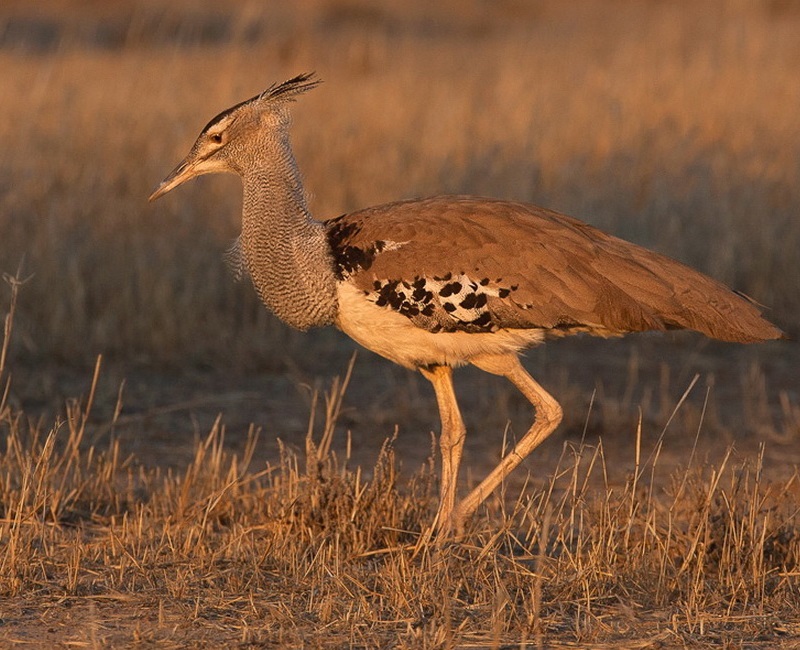
When to travel
Botswana lies under the Tropic of Capricorn with temperatures reaching their highest levels from October to March with an average of 35-40C at midday and 26C overnight. In the winter, April to August, temperatures often fall to about 27C at midday, and about 6C overnight. November to February are not just the hottest, but also the wettest months – and the best time for a birder to visit the area since most of the intra-African and Palaearctic migrants are present and resident species are in breeding plumage. With a knowledgeable local guide you may expect over 100 species per day in winter, and over 200 species in summer.
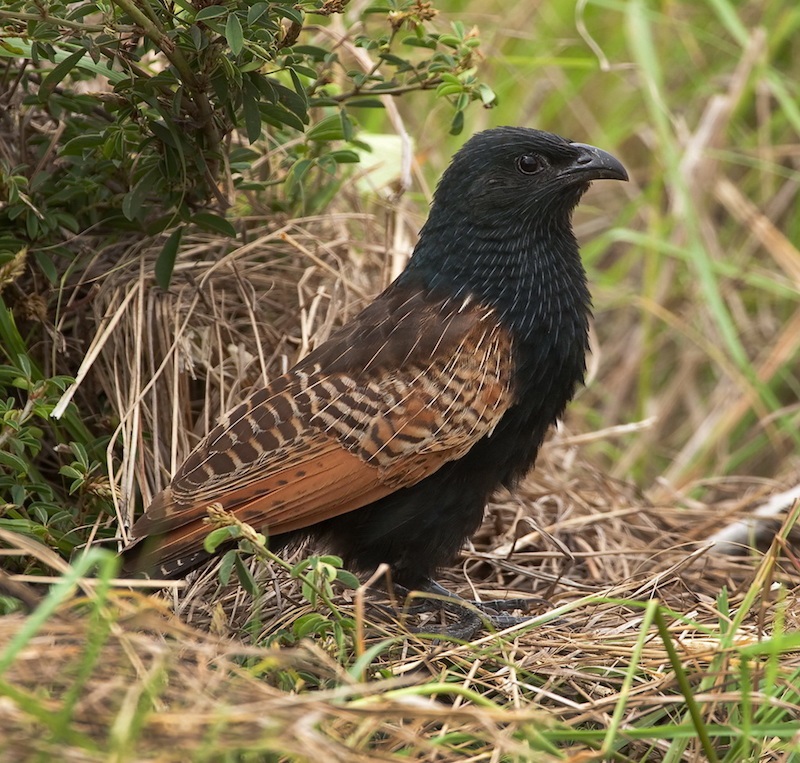
Chobe National Park The Chobe National Park (with 450 species – Botswana’s longest list) in the north-east provides similar habitats on a much smaller scale: the Chobe River itself, seasonally inundated floodplains, covered with reeds; riverine woodland and, further from the river, mixed broadleaved woodland.
Special birds include: African Finfoot, White-backed Night and Rufous-bellied Herons, Slaty Egret, Bradfield’s and Trumpeter Hornbills, Narina Trogon, Pennant-winged Nightjar, Racket-tailed Roller, Half-collared Kingfisher, Green-capped Eremomela, Angola Rock Thrush, Broad-tailed Paradise Whydah, Golden-backed Pytilia, Eastern Bearded Robin, Red-faced Cisticola, Collared Palm Thrush, Coppery and Purple-banded Sunbirds, and Pink-throated Longclaw.
Getting there: The entry point to Chobe is the village of Kasane, reachable by tarred roads but, with exception of the Kasane – Ngoma Bridge (tarmac); all roads in the park are sandy tracks negotiable by 4×4 only.
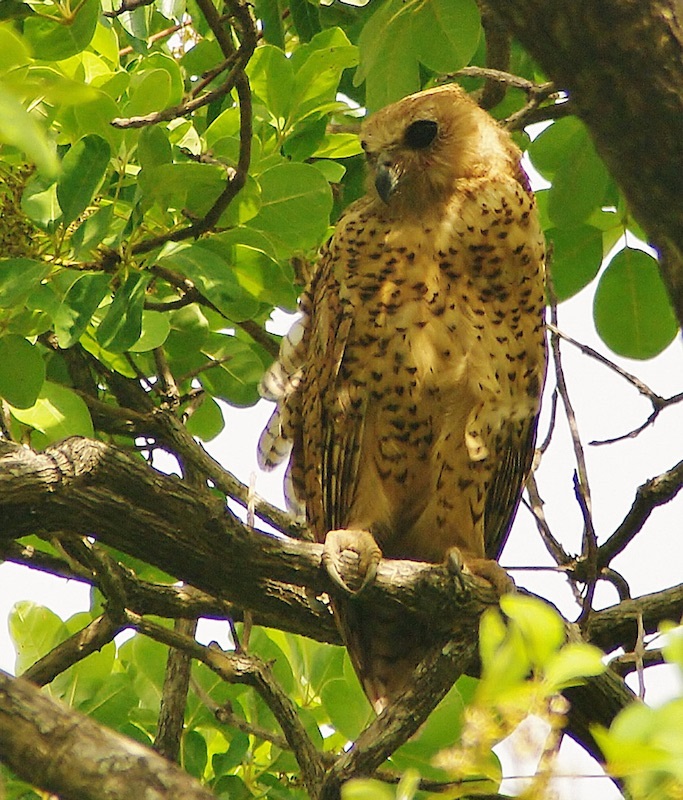
In years of high rainfall, a shallow alkaline lake system, the Makgadikgadi Pans (16,000 square kilometres) are formed. The pans are famous for their large flamingo breeding colonies. Other special birds include: White Pelican, Secretary-bird, Montagu’s and Pallid Harriers, Marshal and Tawny Eagles, Red-necked Falcon, Greater, Lesser and Red-footed Kestrels, Burchell`s and Yellow-throated Sandgrouse, Wattled and Crowned Cranes, Ground Hornbil, Bronze-winged courser, Red-winged and Black-winged Pratincoles, Spike-heeled, Pink-billed, Rufous-naped and Clapper Larks, Chestnut-backed Finchlark, Capped Wheatear.
Getting there: All roads in the Makgadikgadi & Nxai Pans National Park are negotiable by 4×4 only. There are several basic campsites in the park, lacking any facilities and without potable water.
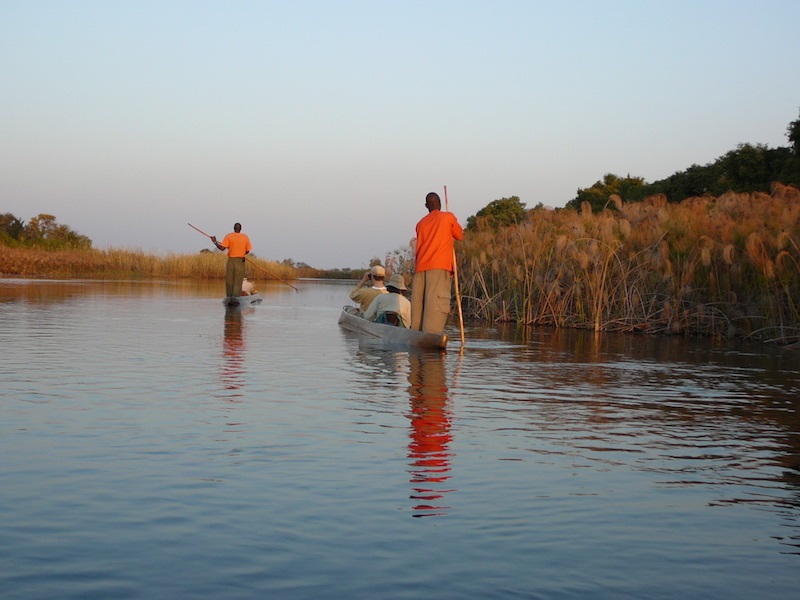
In the northwestern corner of Botswana is the inland delta of the Okavango (18,000 square kilometres) where the Kavango River spreads out into a maze of channels, lagoons and backwaters, creating the largest Ramsar site in the world. Habitats range from open grasslands (seasonally flooded) and palm fringed islands with tall stands of mature woodland, to ample Papyrus and Phragmites which line the waterways and lagoons, and lush riverine forests along the riverbanks. The threatened Wattled Crane and Slaty Egret have their global stronghold in this area. Other special birds include: Pink-backed Pelican, Rufous-bellied and White-backed Night Herons, Pygmy Goose, African Skimmer, Pel’s Fishing Owl, Coppery-tailed Coucal, Pink-throated Longclaw, Red-winged Pratincole, Chirping Cisticola, Long-toed Plover, Swamp Boubou, Bat Hawk, Western Banded Snake and Long-crested Eagles, Southern Carmine Bee-eater, Narina Trogon and Brown Firefinch.
Getting there: The entry point for most tourists is the town of Maun. While western Delta and Panhandle as well as Moremi Game Reserve are reachable by car (4×2 and 4×4, respectively). Light aircrafts are the best way to get around the most of the delta if time matters.
Major Source: Fatbirder
Map Source: Googlemaps™
Photo Source: © Birding Ecotours
